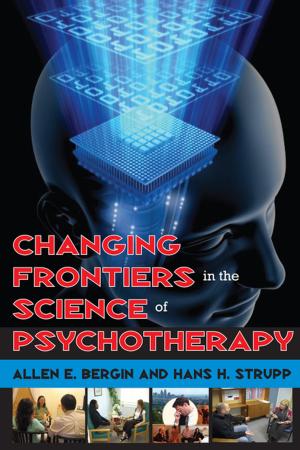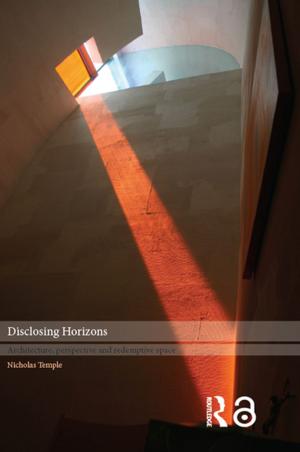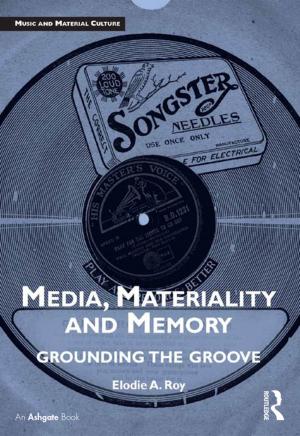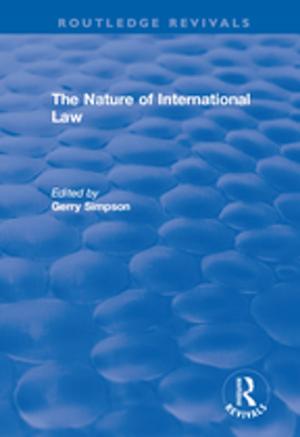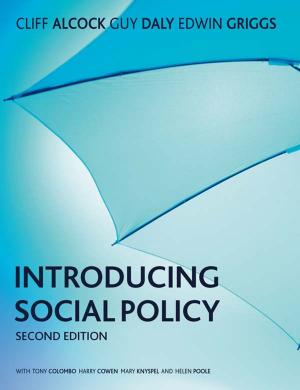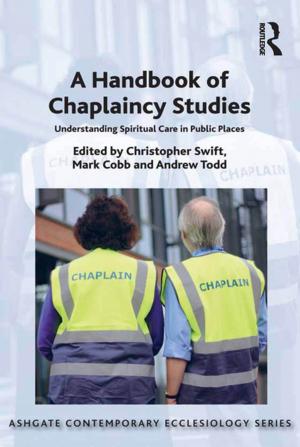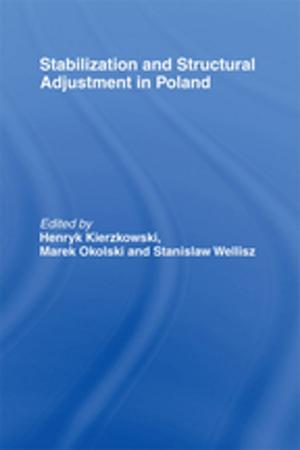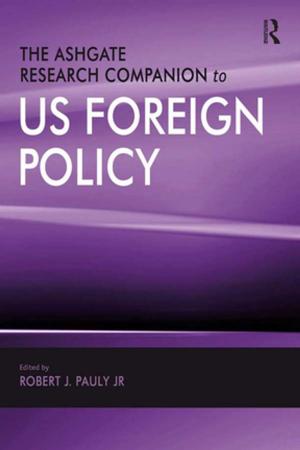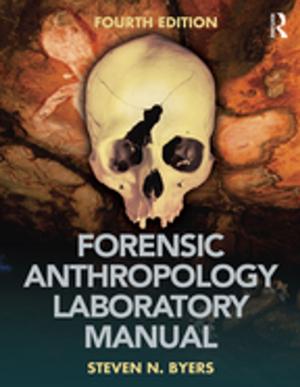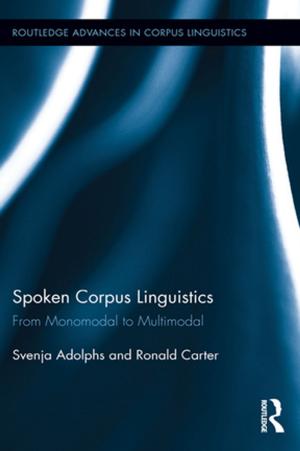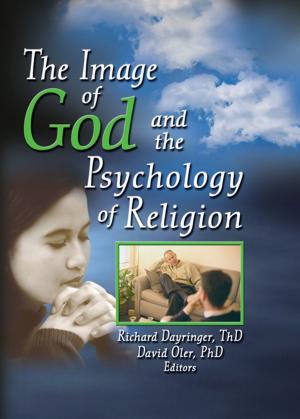Reader Response in Secondary and College Classrooms
Nonfiction, Reference & Language, Education & Teaching, Teaching, Teaching Methods| Author: | ISBN: | 9781136608001 | |
| Publisher: | Taylor and Francis | Publication: | April 15, 2013 |
| Imprint: | Routledge | Language: | English |
| Author: | |
| ISBN: | 9781136608001 |
| Publisher: | Taylor and Francis |
| Publication: | April 15, 2013 |
| Imprint: | Routledge |
| Language: | English |
This text, based on Louise M. Rosenblatt's transactional model of literature, focuses on the application of transactional reader-response theory in the classroom. It grows from frequent requests from secondary school and college teachers for teaching suggestions on how to put theory into practice. This is not a "What should I do on Monday?" cookbook, but an expression of the practice of theory in college and secondary school classrooms.
The chapters portray a spectrum of strategies--including biopoems, expressive and imaginative writing, journal writing, readers' theater, role playing, and unsent letters--using as examples individual works from several genres. Recognizing that teachers who may have been trained in other theories and methodologies may be hesitant about their quite different role and expectations in the reader-centered classroom, the authors provide stepping stones to develop readiness and confidence, suggestions, and insights to ease the transition to the transactional model of teaching and learning.
Pedagogical features:
* An explanatory introduction to each section defines its orientation and describes the content and direction of the chapters it contains.
* Invitations elicit engagement of readers with concepts, attitudes, or strategies presented in the chapters; they invite readers, as individuals or members of a small group, to consider ideas or to practice a strategy, among other activities, in order to enhance understandings.
* A glossary defines key concepts and strategies discussed in the text.
* A bibliography provides an extensive list of resources--books and journal articles--both theoretical and applied.
New in the second edition:
* Six new chapters--three deal with the roles of film-as-literature in the English classroom, and three with enhancing multicultural understandings.
* Updates and revisions to several chapters that appeared in the first edition.
* Invitations, new in this edition, have been added to focus and expand readers' thinking.
This text, based on Louise M. Rosenblatt's transactional model of literature, focuses on the application of transactional reader-response theory in the classroom. It grows from frequent requests from secondary school and college teachers for teaching suggestions on how to put theory into practice. This is not a "What should I do on Monday?" cookbook, but an expression of the practice of theory in college and secondary school classrooms.
The chapters portray a spectrum of strategies--including biopoems, expressive and imaginative writing, journal writing, readers' theater, role playing, and unsent letters--using as examples individual works from several genres. Recognizing that teachers who may have been trained in other theories and methodologies may be hesitant about their quite different role and expectations in the reader-centered classroom, the authors provide stepping stones to develop readiness and confidence, suggestions, and insights to ease the transition to the transactional model of teaching and learning.
Pedagogical features:
* An explanatory introduction to each section defines its orientation and describes the content and direction of the chapters it contains.
* Invitations elicit engagement of readers with concepts, attitudes, or strategies presented in the chapters; they invite readers, as individuals or members of a small group, to consider ideas or to practice a strategy, among other activities, in order to enhance understandings.
* A glossary defines key concepts and strategies discussed in the text.
* A bibliography provides an extensive list of resources--books and journal articles--both theoretical and applied.
New in the second edition:
* Six new chapters--three deal with the roles of film-as-literature in the English classroom, and three with enhancing multicultural understandings.
* Updates and revisions to several chapters that appeared in the first edition.
* Invitations, new in this edition, have been added to focus and expand readers' thinking.

